2025년 현재, 미디어·엔터테인먼트 업계는 새로운 전환점에 서 있다.
딜로이트(Deloitte)가 매년 발행하는 “디지털 미디어 동향 보고서(Digital Media Trends)”의 최신판은, 대형 스튜디오와 스트리밍 업체가 서로 경쟁하는 사이, 초대형 테크 자본과 AI 기술로 무장한 소셜 비디오 플랫폼들이 시장의 중심축을 빠르게 장악하고 있음을 보여준다.
기존의 TV·영화는 여전히 가치가 있지만, 소비자들이 ‘무료 콘텐츠’와 ‘개인화된 시청 경험’을 제공받는 소셜 플랫폼에 점점 더 많은 시간을 쏟고 있다는 것이다. 특히 미국 광고 시장의 절반 이상이 이들 소셜 플랫폼으로 유입되고 있어, 전통 스튜디오 입장에서는 비즈니스 모델 전반에 대한 재고가 불가피해 보인다.
As of 2025, the media and entertainment industry finds itself at a pivotal crossroads. The latest annual Digital Media Trends report from Deloitte reveals a rapidly shifting landscape in which social video platforms—backed by hyperscale tech capital and advanced AI—are taking center stage.
Even though conventional TV and film retain their value, more and more consumers are flocking to free, algorithmically curated content on social media. Notably, over half of U.S. ad spending is already flowing to these digital behemoths, leaving traditional studios with little choice but to rethink their business models from the ground up.
소셜 플랫폼, 미디어·엔터테인먼트의 중심축으로 부상
딜로이트 보고서는 “소셜 플랫폼이 전통 스튜디오들이 오랫동안 의존해온 비즈니스 모델에 치열한 경쟁자로 부상했다”라고 분석한다. 소셜 비디오 플랫폼들은 무궁무진한 무료 콘텐츠를 제공하고, AI 알고리즘으로 사용자의 참여도와 광고 효율을 극대화한다.
실제로 미국 광고 지출의 절반 이상이 이쪽으로 쏠리고 있다는 지적이다. 이에 따라 소비자들이 다양한 기기를 통해 소셜 미디어에 머무는 시간이 늘어나고, 이 거대 플랫폼들은 거실 TV 스크린까지 공략하며 미디어 생태계를 재편하고 있다.
동시에 SVOD(가입형 주문형 비디오) 혁명은 기존 유료 TV 가입자를 분산시키고, 직접 소비자에게 콘텐츠를 제공해야 하는 스튜디오들은 더 높은 비용 부담과 낮아진 이익률로 어려움을 겪고 있다.
그럼에도 불구하고, 스트리머들이 제공하는 ‘프리미엄 비디오 경험’은 여전히 고품질 스토리텔링, 연기, 세계관 구축 등에서 업계의 기준점 역할을 수행 중이다. 문제는 이같은 고퀄리티 콘텐츠 제작과정을 유지하면서도, 어떻게 비용을 효율화하고 광고주를 유치하여 시청자들의 관심을 붙잡을 수 있느냐 하는 것이다.
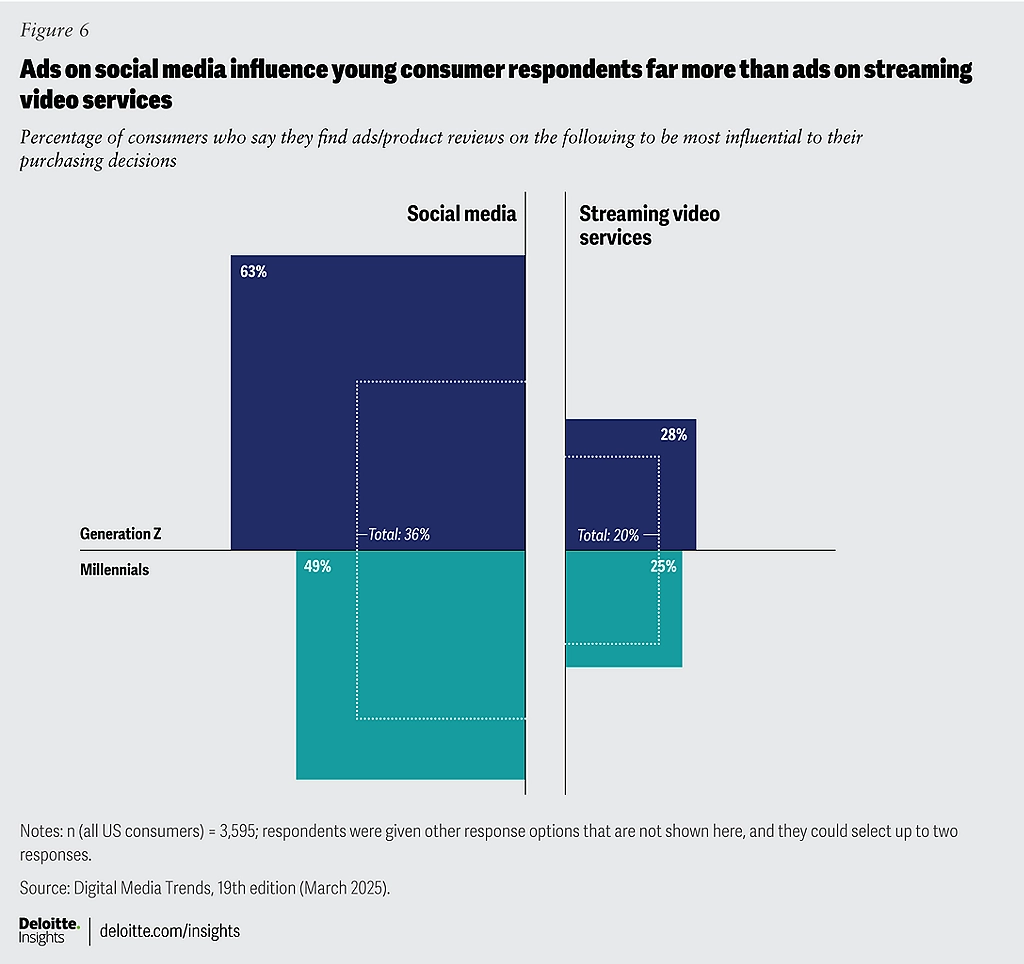
Social Platforms Emerge as the New Center of Gravity
Deloitte’s report underscores that social platforms are emerging as formidable competitors to the long-standing business models on which traditional studios have relied. These video-centric platforms provide an almost endless stream of free content, employing AI to boost user engagement and ad efficiency. Indeed, over half of U.S. advertising spend now appears to be directed toward these venues.¹ As consumers spend more time accessing social media on various devices—and as these platforms move onto the big screen in living rooms—they are reshaping the broader media ecosystem.
Simultaneously, the advent of SVOD (subscription video on demand) has fragmented the pay TV audience. Studios operating direct-to-consumer services face higher overheads and thinner margins. Nevertheless, the “premium video experience” delivered by streamers, known for their high-quality storytelling, acting, and world-building, continues to set the bar within the industry. The fundamental question remains: How can these studios manage costs, court advertisers, and capture audiences, all while maintaining quality?
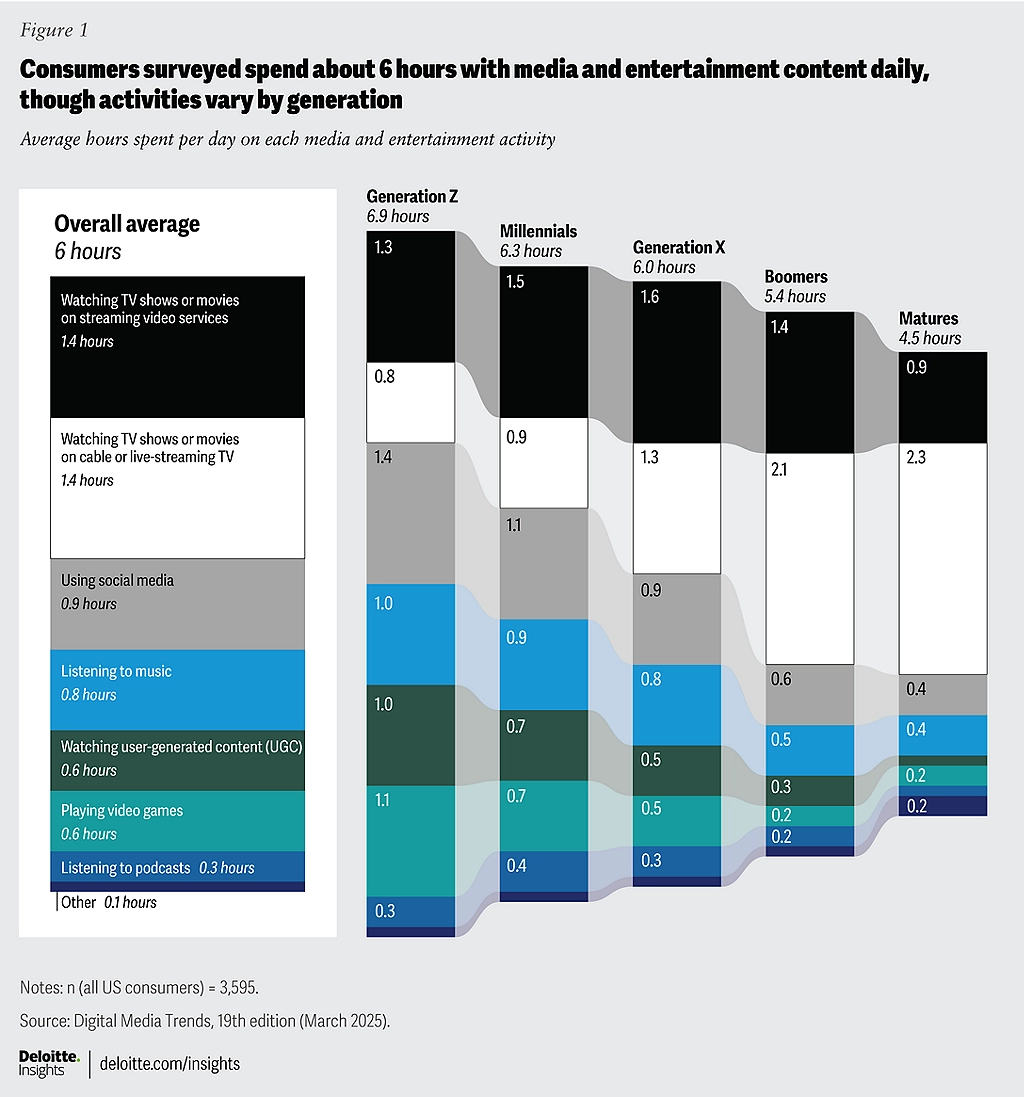

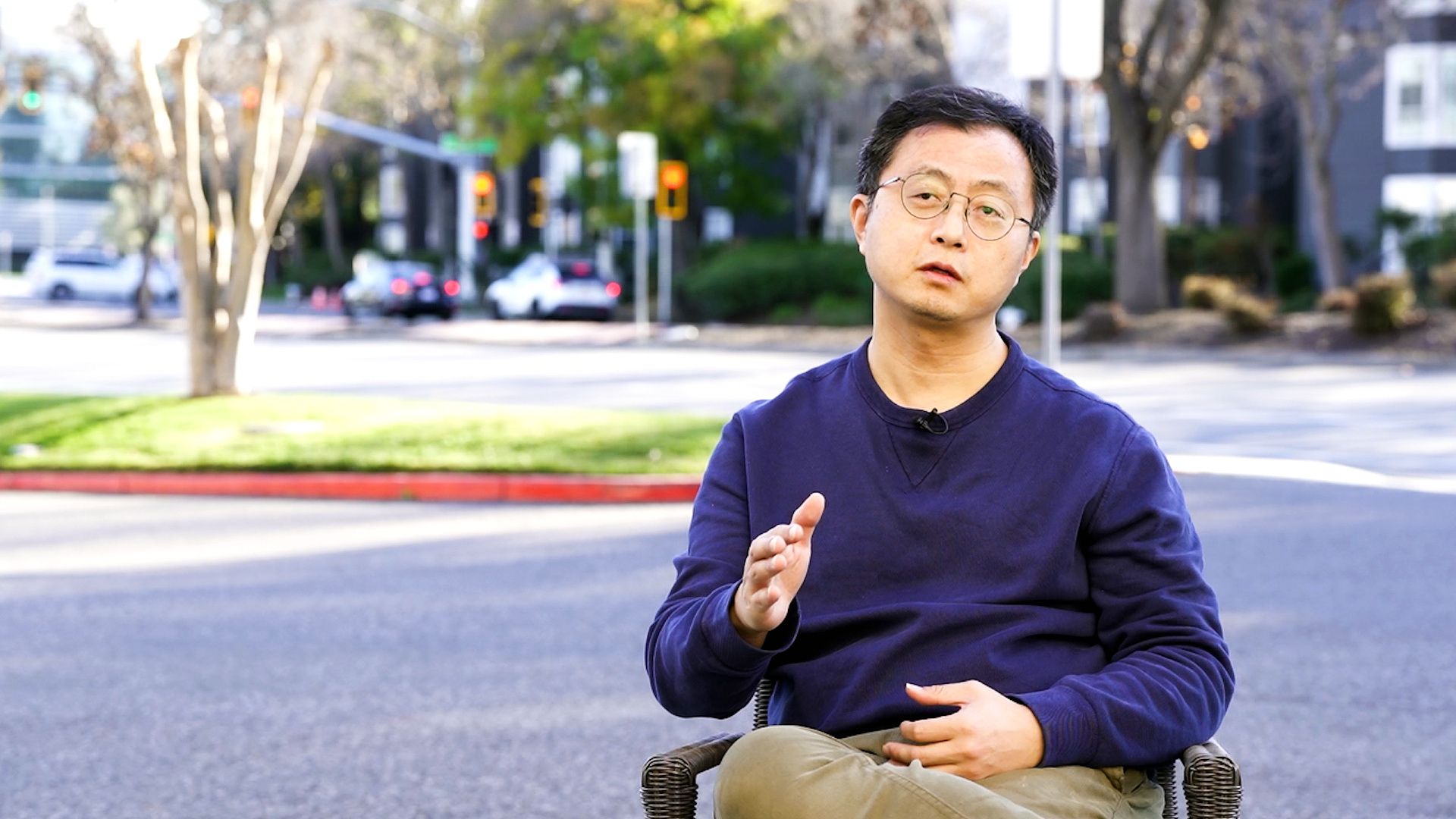
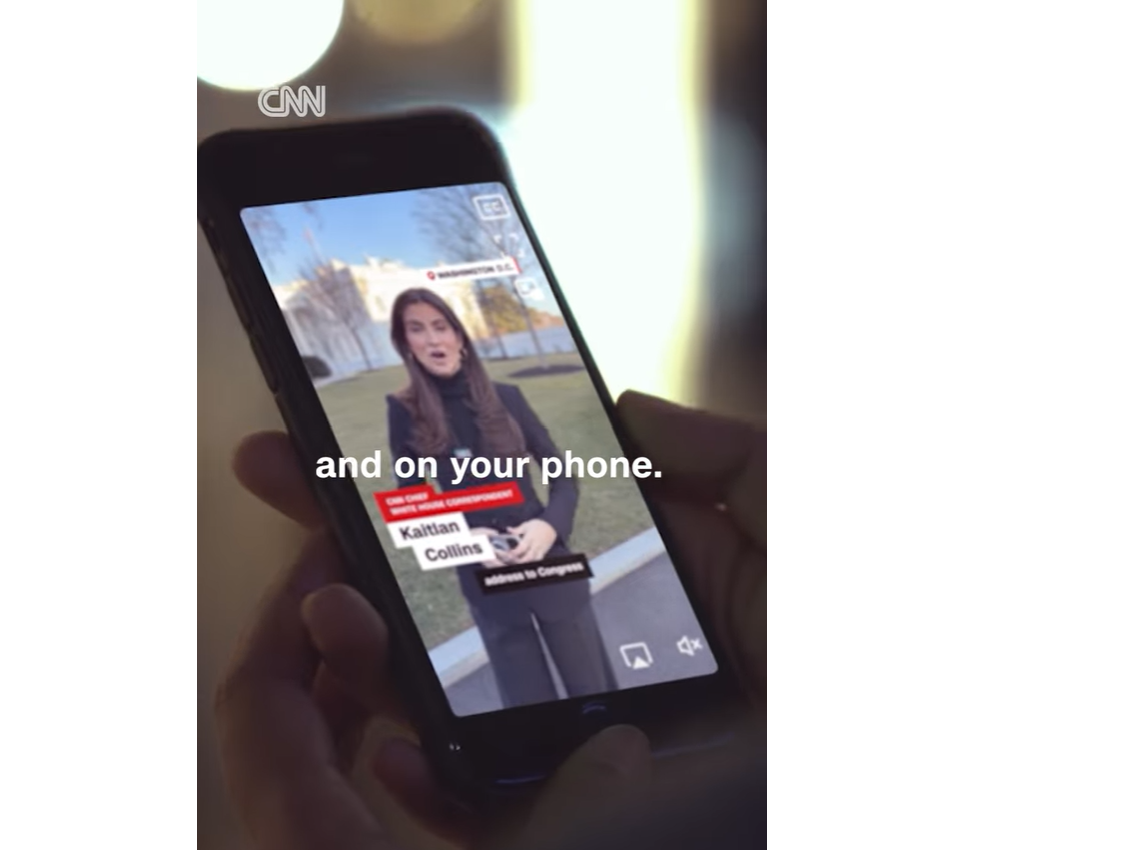
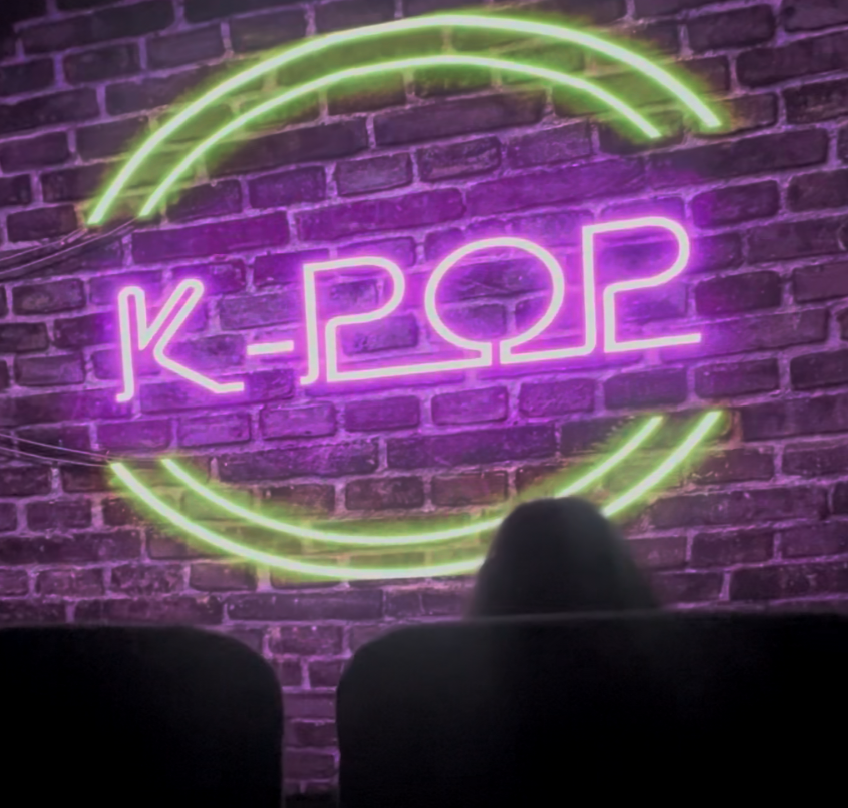

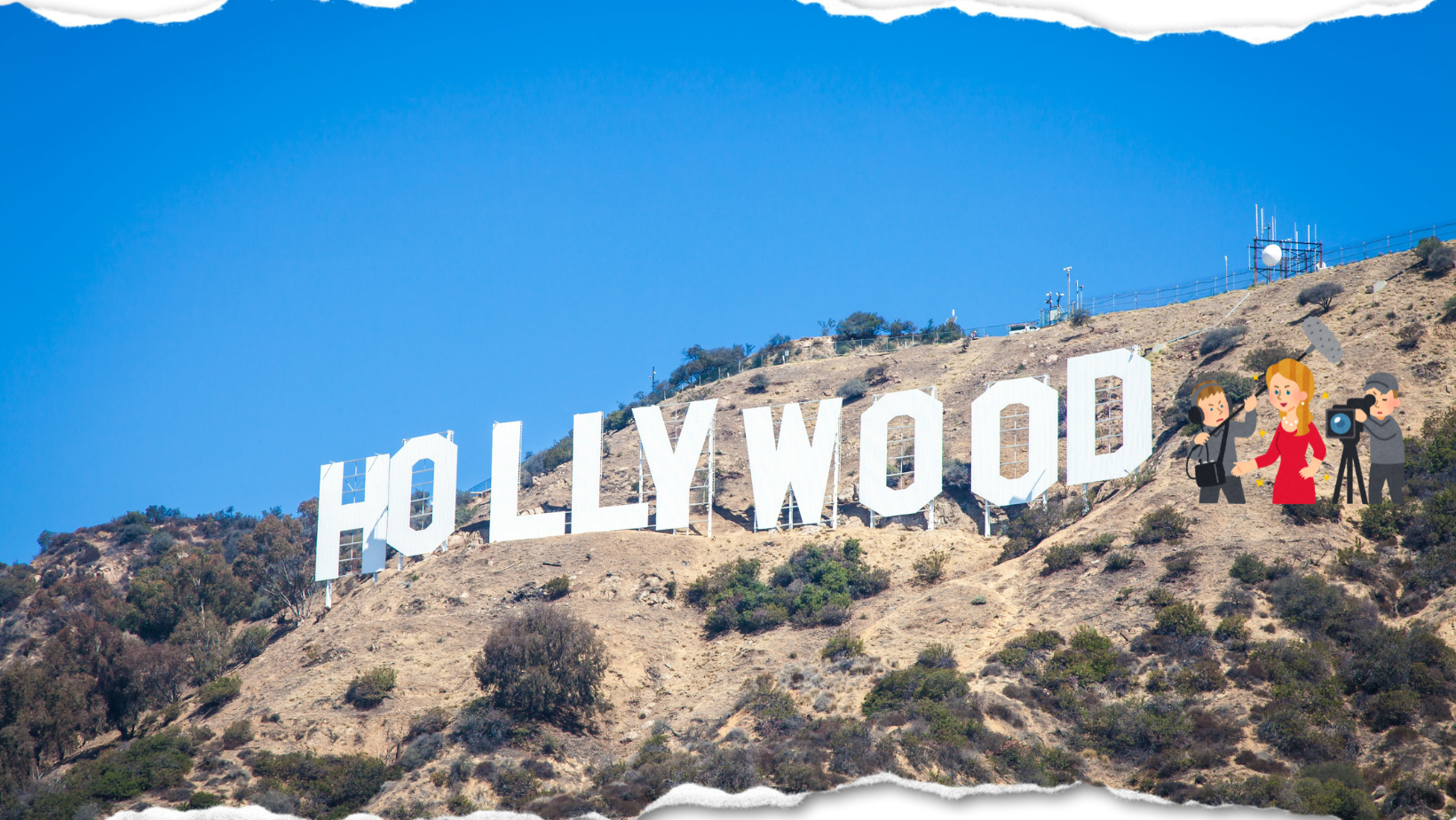
![[보고서]디즈니의 IP 플라이휠, 1957년 메모에서 시작된 100년 전략](https://cdn.media.bluedot.so/bluedot.kentertechhub/2025/12/vtekpo_202512140501.png)
![[리포트]글로벌 스트리밍 대전환과 FAST 시장의 부상](https://cdn.media.bluedot.so/bluedot.kentertechhub/2025/12/7jw8up_202512120304.png)
![[보고서]K-콘텐츠, 몰입형 공간 새로운 경험](https://cdn.media.bluedot.so/bluedot.kentertechhub/2025/12/je15hi_202512061434.png)
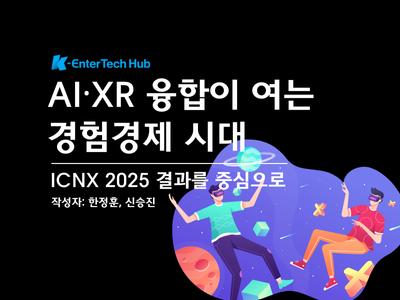
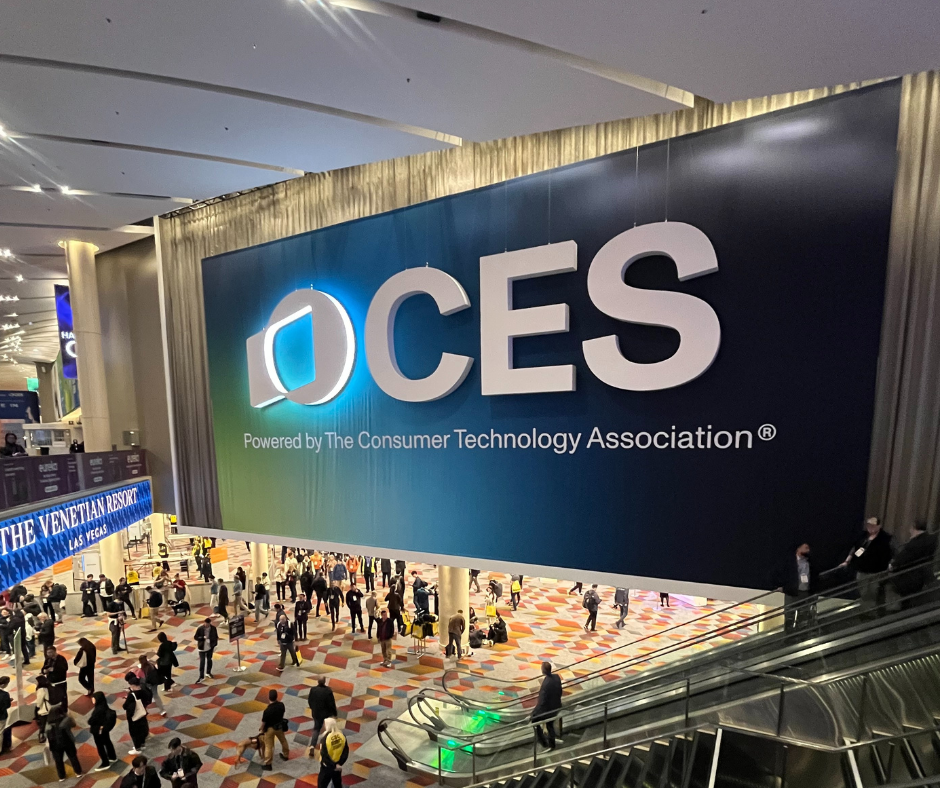

![[K콘텐츠와 K FAST]](https://cdn.media.bluedot.so/bluedot.kentertechhub/2025/11/zxwbgb_202511241038.jpg)
![[모집]1월 9일~14일 글로벌 AI 스템 캠프(자료집)](https://cdn.media.bluedot.so/bluedot.kentertechhub/2025/11/3kf0x5_202511031830.png)
![[MIPCOM2025]글로벌 엔터테인먼트 트렌드](https://cdn.media.bluedot.so/bluedot.kentertechhub/2025/10/duxlsp_202510170000.png)
![[보고서]생성AI와 애니메이션](https://cdn.media.bluedot.so/bluedot.kentertechhub/2025/09/c49fxu_202509271057.png)